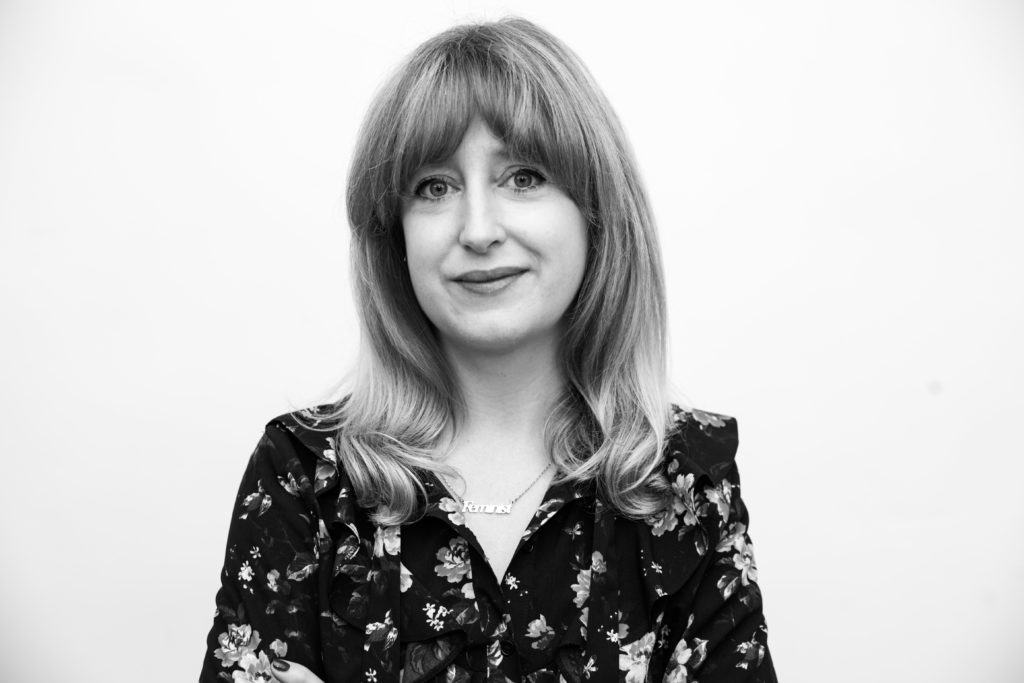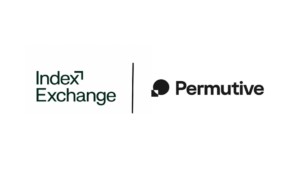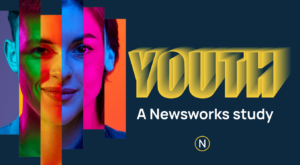By Jess Brammar, Editor-in-Chief, HuffPost UK
Diversity and inclusion have dominated the news agenda over the last few years. Headlines about gender pay gaps and a lack of female voices in the boardroom have forced top companies to look at their working practices.
Similarly, the media has rightly condemned brands that have missed the mark on diversity within marketing campaigns. Given the focus on D&I in the news, now is the time for media outlets to take an honest and introspective look at their own newsrooms in order to effectively and objectively report on myriad ethnic backgrounds, economic classes and sexualities. We can no longer be silent or complacent on the issue; our readers, rightly, expect more.
When I think back to working in newsrooms in my first few jobs as a journalist, the image of the chauvinistic male was much more prevalent – celebrated, even. In more recent years though we have seen the traditional ‘Fleet Street’ makeup challenged with more women than ever running media brands. In fact, women now make up over a third of national newspaper editors.
Earlier this year, Roula Khalaf succeeded Lionel Barber as editor of the Financial Times, making her the first woman to edit this prestigious global newspaper.
Khalaf joined a list of women in top media roles including at the Sunday Times, The Sun and The Guardian, all of which are led by female editors. This wave of women rising to the top, during one of the toughest periods the media business has known, showcases a progressive change towards newsrooms becoming more inclusive and diverse.
I recently joined this list of female editors when I took on the role of Editor-in-Chief at HuffPost UK, a role I was promoted to at seven months pregnant. Through my appointment I want to bring attention to two key things in our industry: the need for newsrooms to diversify, and how they can better accommodate both men and women who have children.
Addressing both of these issues will help newsrooms gain new perspectives and challenge how we report on the key stories of the day. This in turn produces better content for readers.
International Women’s Day is a great opportunity for us to reflect on how far we have come, and champion women in leadership roles, but acknowledge this is still only the beginning. Hiring female reporters and promoting them to a position of power is just one important step in creating a diverse media landscape.
A progressive, female positive workplace should be the standard, and not the exception. But diversity has to be broad and inclusive — we have to ensure that leadership roles are not simply dominated by white, middle class women. And the next challenge is how we elevate diverse voices within conversations in the newsroom.
Media outlets can’t just play ‘catch up’ when it comes to gender equality and diversity and must continue to nurture and elevate voices and communities that need to be heard.
We are seeing a clear need for media outlets to incorporate a range of different voices in their reporting, with racism, sexism and religious hate shaping the media narrative around the world.
The #MeToo discussion was the first evidence of the need for introspective journalism, looking at how gender is reported in the media. More recently, we have seen this in the controversy surrounding the lack of diversity at the BAFTAs and how the media reports on ethnic minorities is not a new issue but given fresh attention through celebrities such as Meghan Markle and Raheem Sterling.
As an industry which is wholly responsible for providing credible and reliable information to readers, newsrooms need to adapt to ensure the demographics of the journalists mirror those of the communities they cover.
We know scepticism about the news is high at the moment and the number of people buying newspapers is constantly decreasing. This means it is more important than ever for outlets to produce stories that appeal to a wide range of readers from diverse backgrounds.
It is only through investing in a diverse newsroom that media outlets will be in the best position to write and cater for these groups. Doing so helps them to build trust among readers and remain relevant, at a time when that is no longer a given. As a result, we are seeing organisations become more progressive and aware of the huge value diversity in the newsroom brings.
At HuffPost, we truly believe in the need for greater diversity within the media and we know addressing this challenge is a key way for us to improve attitudes toward journalism as it enriches the content we produce. We can continue to talk about it, but it is far more important to find practical solutions.
That’s why we have partnered with Birmingham City University who have an incredibly diverse student body, to create the “HuffPost Centre for Journalism ”.
Having an opportunity to help inspire and train future generations of journalists is a key way to instil change. Newsrooms need to be home to journalists that reflect all types of communities to help to drive our entire industry forward and keep it relevant.











